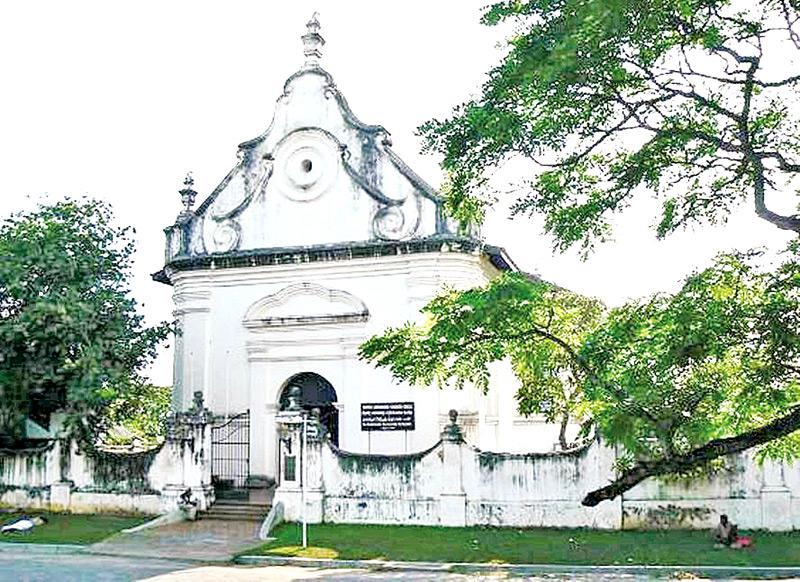Discover the Enchanting Galle Fort: A UNESCO World Heritage Site in Sri Lanka
Galle Fort, a historic and picturesque destination on the southwestern coast of Sri Lanka, stands as a testament to the island’s rich colonial history and cultural diversity. This UNESCO World Heritage Site is a captivating blend of European architectural elegance and vibrant local traditions, offering a unique experience for tourists seeking history, culture, and natural beauty. Wander through its cobbled streets, explore its ancient ramparts, and immerse yourself in the lively atmosphere of this well-preserved colonial gem.


Galle Fort has a fascinating history that dates back to the 16th century when it was first built by the Portuguese. It was later extensively fortified by the Dutch in the 17th century, making it a prominent maritime hub in the Indian Ocean. The British, who took over in the 18th century, also left their mark on the fort. Today, Galle Fort stands as a symbol of the colonial era’s architectural and cultural amalgamation, reflecting the influences of Portuguese, Dutch, and British rule.


Galle Fort is renowned for its well-preserved colonial architecture, cobblestone streets, and significant historical landmarks:

The Ramparts: The massive stone walls of the fort, known as the ramparts, encircle the old city and offer stunning views of the Indian Ocean. Walking along these ancient ramparts is a must-do activity, providing a glimpse into the fort’s defensive past while enjoying the sea breeze and panoramic vistas.

Dutch Reformed Church: Built in 1755, this church is one of the oldest Protestant churches in Sri Lanka. Its simple yet elegant architecture, along with the historical tombstones and antique organ, offers a serene and reflective experience for visitors.

Galle Lighthouse: Standing tall on the southern end of the fort, the Galle Lighthouse is the oldest light station in Sri Lanka. It provides a picturesque backdrop for photos and a vantage point for sweeping views of the coastline.

The Dutch Hospital: A beautifully restored colonial building, the Dutch Hospital is now a vibrant shopping and dining precinct. It houses boutique shops, cafes, and restaurants, offering a perfect blend of history and modernity.

National Maritime Museum: Housed in a colonial warehouse, the National Maritime Museum showcases the maritime history of Sri Lanka, including shipwreck artifacts, naval equipment, and displays on the country’s ancient maritime trade routes.


Galle Fort is a melting pot of cultures and religions, reflected in its diverse array of temples, mosques, and churches:


Enhance your visit to Galle Fort by exploring the surrounding attractions and engaging in various activities:





Galle Fort offers a unique and enriching experience, blending historical intrigue, cultural diversity, and natural beauty. Whether you are a history enthusiast, a culture buff, or a leisure traveler, Galle Fort provides an immersive journey into Sri Lanka’s colonial past and its vibrant present.
Embark on an exploration of Galle Fort, wander through its charming streets, discover the architectural marvels, and soak in the cultural vibrancy that makes this fort a timeless treasure. Galle Fort stands as a testament to Sri Lanka’s rich heritage and enduring spirit, inviting visitors to delve into its captivating history and enchanting ambiance.



This is the official website of the Ministry of Tourism, Republic of Indonesia. The contents listed on this website are intended for informational purposes rather than commercial. Any displayed sale is meant as a token of partnership and will always redirect you to our partners’ sites.